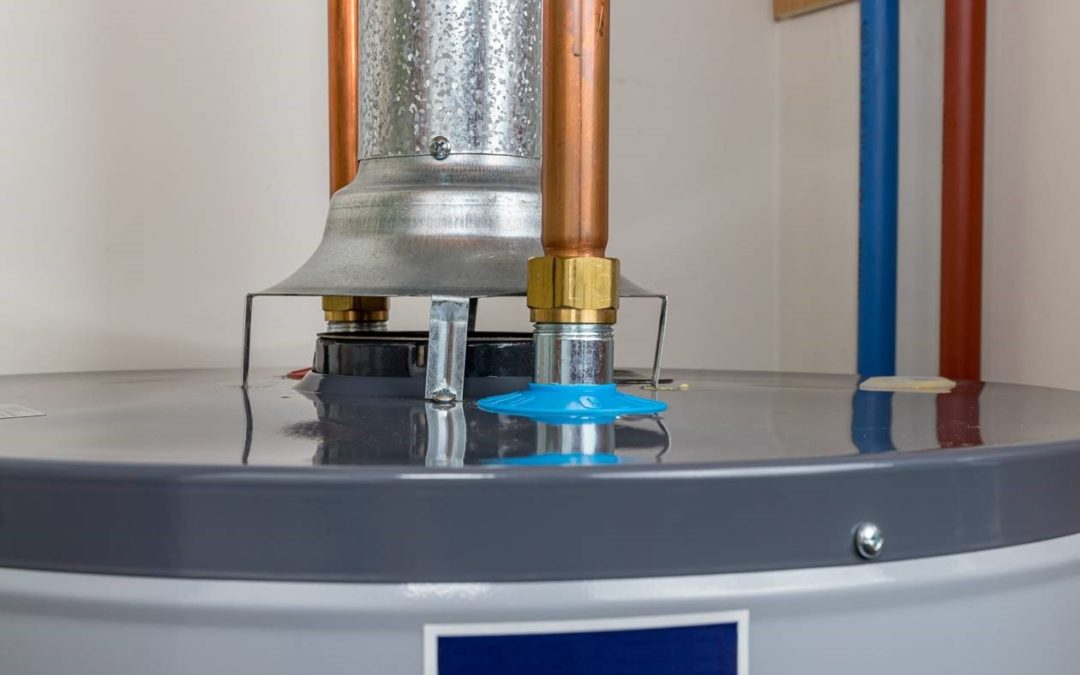Is spring cleaning inching its way to the top of your to-do list? Walton Gas reminds you to add water heater maintenance to the chores you plan to accomplish.
Despite being one of the home’s most important appliances, the water heater is often neglected. We tend to ignore this humble appliance that quietly does its work in the recesses of a garage or closet. That is, right up until there’s no hot water.
The good news is that it takes only a few minutes of easy and cheap maintenance once a year to keep your natural gas water heater running properly and efficiently. Even better: It can extend the life of the appliance, saving the hassle and expense of a premature replacement. A little preventive maintenance keeps the hot water flowing and extends your water heater lifespan.
Here are five things you can do in minutes to keep the hot showers flowing.
1. Clean the space.
Is your water heater located in a utility closet, laundry room or other space that doubles as a storage area? Depending on what you are storing near or around the water heater, this can potentially be a fire or safety risk. To keep things clean and safe:
- Clear the area around your water heater to ensure there is adequate space for proper ventilation and to ensure you have an unobstructed view of the unit. If any view is hidden, you may not notice your water heater is leaking until it’s too late.
- Install shelving and hooks to keep items such as laundry detergents and other household items away from the water heater. Combustible materials should be stored no less than 18 inches away from the water heater.
- Avoid storing items that are prone to moisture damage such as books, papers or magazines near the water heater.
2. Vacuum the vents.
Many water heaters have a vent on the bottom of the heater, which helps suck in oxygen to facilitate the heating process. This vent can accumulate dust and other debris over the course of the year. To clean, use a vacuum to suck up the debris and clear out the vent. Tip: Vacuum the vents as part of both spring and fall cleaning chores.
3. Test the TPR valve.
Water heaters are equipped with a safety device called a temperature and pressure relief (TPR) valve. It senses dangerous pressure buildup or excessively high temperature inside the water heater tank and automatically opens to relieve the pressure. Without an operational TPR valve, a water heater is at risk of explosion. Water heater manufacturers recommend testing the TPR valve once per year.
To test, place a bucket under the pipe connected to the TPR. Pull the lever on the valve. You should hear a slight rush of air or see some water and vapor exit through the TPR. If you don’t, the valve should be replaced.
For details on how to easily replace the valve, read this short tutorial from Lowe’s.
4. Flush the tank.
Sediment buildup in the tank can reduce your water heater’s energy efficiency and also clog your water lines. To avoid these problems and increase the life of your unit, follow this step-by-step guide from The Family Handyman.
5. Adjust the temperature.
Find the temperature dial on the water heater tank and adjust it to 120 degrees. For every 10 degrees the temperature is lowered, you can expect to save up to 5 percent in energy costs. Tip: Turn the water heater off or the thermostat down to its lowest setting if you plan to be away from home for more than three days.
With just a few minutes of easy work, you can relax and enjoy the nice hot water that will be flowing and heating more efficiently — and safely. You have a full year before this maintenance needs to be performed again.
Schedule a service call.
If you’re worried that your attempts at water heater maintenance could backfire and create more problems than solutions, don’t simply ignore the task. Instead, schedule a service call from a local plumber. Athens Plumbing & Well Service suggests a water heater maintenance service call should include burner inspection and cleaning, tank flushing and anode rod inspection, thermostat settings evaluation and more. Note that professional inspection of the anode rod, which attracts and removes sediments from the water being heated, is recommended every three years.
